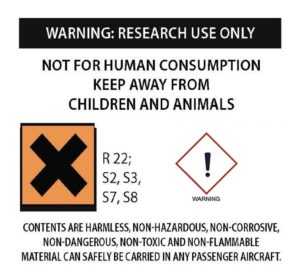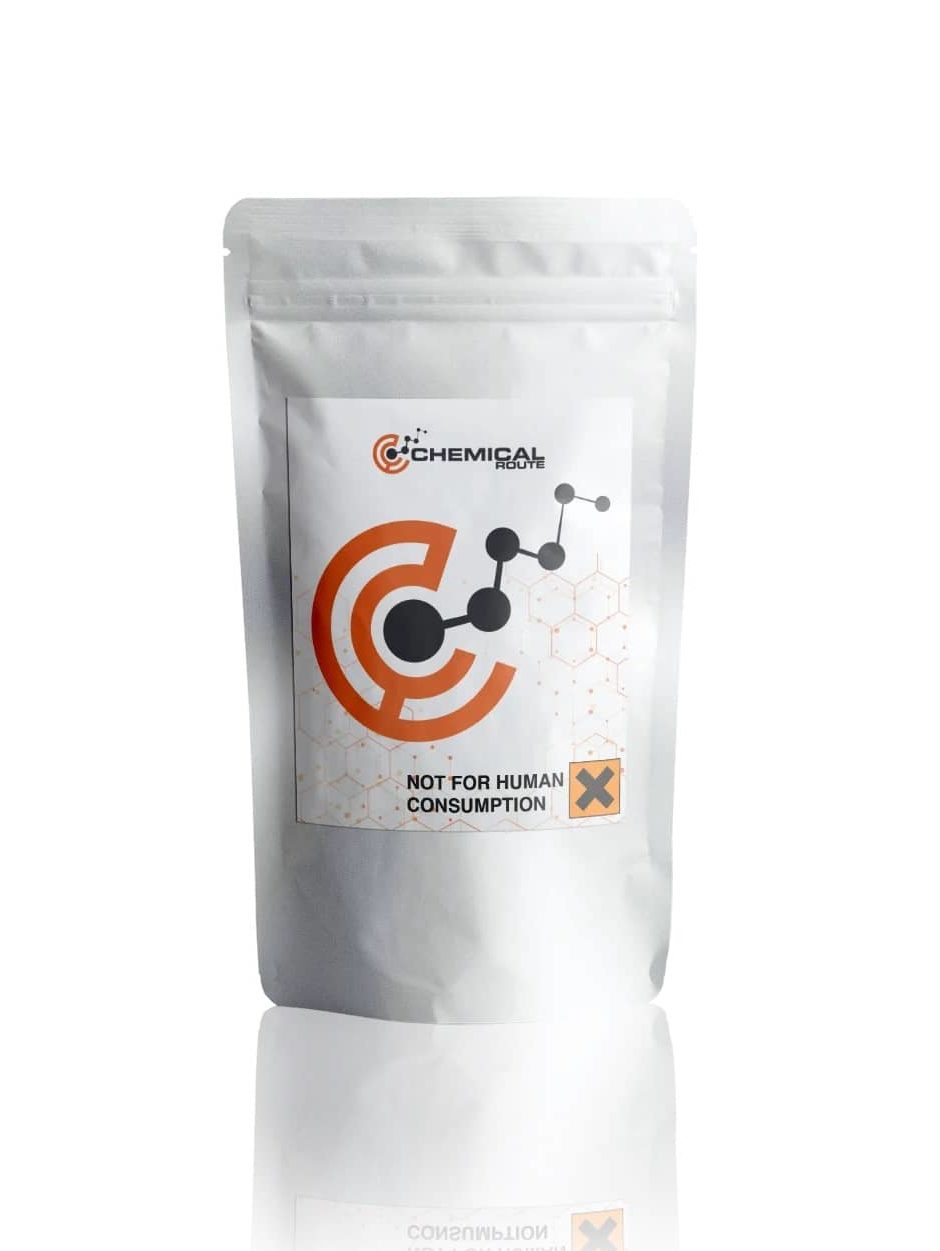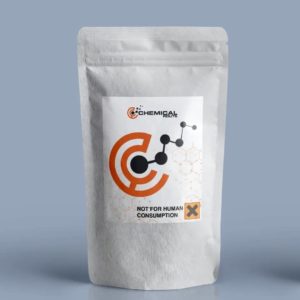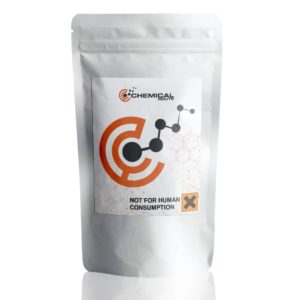Description
Ephenidine, NEDPA, EPE
Product information
IUPAC-name N-Ethyl-1,2-diphenylethylamine
Synonyms Ephenidine, NEDPA, EPE, N-Ethyl-1,2-diphenylethylamine, NSC 33648
Formal name N-
Cas number 60951-19-1, HCl: 6272-97-5
Formula C16H19N, C16H19N • HCl
Molar Mass 225.335 g·mol−1
Purity 99.0 % min.
Formulations A neat solid, Powder
Solubility
- DMF: 16 mg/ml
- DMSO: 11 mg/ml
- Ethanol: 20 mg/ml
- PBS (pH 7.2): 10 mg/ml
Ephenidine, NEDPA, EPE, N-Ethyl-1,2-diphenylethylamine, NSC 33648
Ephenidine, or also called Ethylene glycolate, is an active ingredient of many prescription drugs and it is a known dissociative agent. However, it is yet to be approved by the FDA for marketing it as a prescription drug. However, it has already been sold legally in some states where it isn’t yet banned yet.
There are many theories behind this increase in popularity of Ephenidine. One theory is that it is commonly used as ingredients in high doses of LSD and mushrooms.
Ephedrine, or more commonly known as ephenidine, is made from a chemical called ephenidine alkaloid. Some variants of this chemical include (but are not limited to) ephenidine carbocaine and ephenidine thiophenate. Other common names for this substance are O-desensit, Ethylipsyren and Pypantriol. A recent study revealed that this substance can be mimicked by the human brain, which explains why ephenidine can have hallucinogenic properties. This discovery has made it very popular among researchers who are exploring the uses of this substance.
What makes ephenidine (and other diarylethylamines) so interesting is that it has very interesting chemical properties. It was discovered in the 1970’s when a Canadian neurologist, Michael J. Harritz, discovered that his patients who had errant currents in their brains experienced strong hallucinations. He began looking at the effect of the errant currents on neurotransmitters. One particular finding that he made important is that when errant currents were present they disrupted the balance of chloride levels in the brain. The results were twofold; first, it was found that if the chloride levels were restored, then the errant currents vanished. Secondly, when he restored the normal levels of chloride in the brain, the errant currents disappeared.
Later studies focused on the effects of the errant currents on the suppression of nausea. Since nausea usually develops shortly after ingesting food or liquids that are unfamiliar to one, the suppression of nausea may play a role in long-term health effects of ephenidine. In addition, he found that when the errant currents were present, patients’ perception of taste was negatively affected. This means that although the drug was not going to be classed as a drug for taste suppression, it could have adverse effects on how the person tastes when they eat or drink.
At this time there is still unknown about the long term health effects of ephenidine on adults. There are a few promising results with respect to cancer, however. In one study it was discovered that ephenidine may be useful in the treatment of cancer. This substance has had very low concentrations detected in human plasma samples, which makes it difficult to make any inferences regarding possible cancerous activity. More work in this area is needed to better understand ephenidine’s actions in the body and its effects in the cancer setting.
Overall, the benefits of ephenidine are still unknown. Long-term human usage of the drug has not been established by either anecdotal reports or scientific testing. It has not been proven that this drug has any effect whatsoever on sexual dysfunction or any other rare long term health effects. More research is needed in this area. Until then, anyone interested in using this as a recreational or medical substance will want to consult with their health care professional before doing so.
The toxicological and physiological properties of this compound has not been analyzed. Usage of this Chemical should be for research and forensic purposes only.
WARNING This product is not for human or veterinary use.

This product is only available to persons of 21 years old and above.
Hazard statement(s)
| H302 | Harmful if swallowed |
| H315 | Causes skin irritation |
| H319 | Causes serious eye irritation |
| H332 | Harmful if inhaled |
| H335 | cause respiratory irritation |
| H336 | cause drowsiness or dizziness |
| Precautionary statement(s) | |
| P264 | Wash hands thoroughly after handling |
| P280 | protective gloves/protective clothing/eye protection/face protection |
| P305 + P351 + P338 | IF IN EYES: Rinse cautiously with for several minutes. Remove contact lenses, if present and easy to do. Continue rinsing. |
| P337 + P313 | If eye irritation persists: Get medical advice/attention |
| P261 | Avoid breathing dust/ fume/ gas/ mist/ vapors/ spray |
| P271 | Use only outdoors or in a well-ventilated area |
| P304 + P340 | IF INHALED: Remove victim to fresh air and keep at rest in a position comfortable for breathing |
| P312 | Call a POISON CENTER or doctor/physician if you feel unwell |
| P403 + P233 | Store in a well-ventilated place. Keep container tightly closed |
| P405 | Store locked up |
| P501 | Dispose of contents/container to a licensed disposal company |




Reviews
There are no reviews yet.